Current methods to model or correct mutations in live cells are inefficient, especially when multiplexing — installing multiple point mutations simultaneously across the genome. Researchers from the UC San Diego have developed new, efficient genome editing tools called multiplexed orthogonal base editors (MOBEs) to install multiple point mutations at once.
Tag: Gene Editing
Penn Medicine at the American Society of Gene and Cell Therapy 27th Annual Meeting
Researchers from the Gene Therapy Program (GTP) at the Perelman School of Medicine at the University of Pennsylvania will present ten research abstracts, two invited talks, and a workshop presentation highlighting their translational science and discovery research on gene therapy, gene editing, and adeno-associated virus (AAV) vector technology at the American Society of Cell and Gene Therapy (ASGCT) 27th Annual Meeting on May 7 – 11, 2024 in Baltimore, Maryland.
New Genetic Analysis Tool Tracks Risks Tied to CRISPR Edits
While CRISPR has shown immense promise as a next-generation therapeutic tool, the gene editing technology’s edits are still imperfect. Researchers have developed a new system to test and analyze CRISPR-based DNA repair and related risks from unintended but harmful “bystander” edits.
Turbocharging CRISPR to Understand How the Immune System Fights Cancer
Harvard Medical School scientists develop new CRISPR-based tool to study the immune function of genes.
New gene-editing approach could optimize how scientists study the immune system’s role in cancer and other immune-mediated diseases.
Gene-editing offers hope for people with hereditary disorder
A group of patients with a hereditary disorder have had their lives transformed by a single treatment of a breakthrough gene-editing therapy, according to the lead researcher.
Penn Medicine Researchers Develop Gene Editing Approaches for Phenylketonuria Treatment
Phenylketonuria (PKU) is a rare newborn genetic disease that impacts between 1 in 10,000 to 1 in 20,000 people, depending on the individuals’ genetic ancestry. PKU causes an amino acid—called phenylalanine (Phe)—to build up in the bloodstream.
Thailand Hub of Talent for Cancer Immunotherapy International Conference
The Faculty of Medicine, Chulalongkorn University, cordially invites all to attend the “Thailand Hub of Talent for Cancer Immunotherapy International Conference: Portal to Global Collaboration for Next Generation Cell and Gene Therapy Development” on November 16-17, 2023 at Bhumisiri Mangklanusorn Building, Faculty of Medicine, Chulalongkorn University, Bangkok, Thailand.
CHOP and Penn Medicine Researchers Develop “In Vivo” RNA-based Gene Editing Model for Blood Disorders
In a step forward in the development of genetic medicines, researchers at Children’s Hospital of Philadelphia (CHOP) and the Perelman School of Medicine at the University of Pennsylvania have developed a proof-of-concept model for delivering gene editing tools to treat blood disorders, allowing for the modification of diseased blood cells directly within the body. If translated into the clinic, this approach could expand access and reduce the cost of gene therapies for blood disorders, many of which currently require patients receive chemotherapy and a stem cell transplant. The findings were published today in the journal Science.
Hematopoietic stem cell culture technology for more effective and safer genome editing
Hematopoietic stem cells (HSCs) are rare cells found in the bone marrow that produce red blood cells, white blood cells, and platelets.
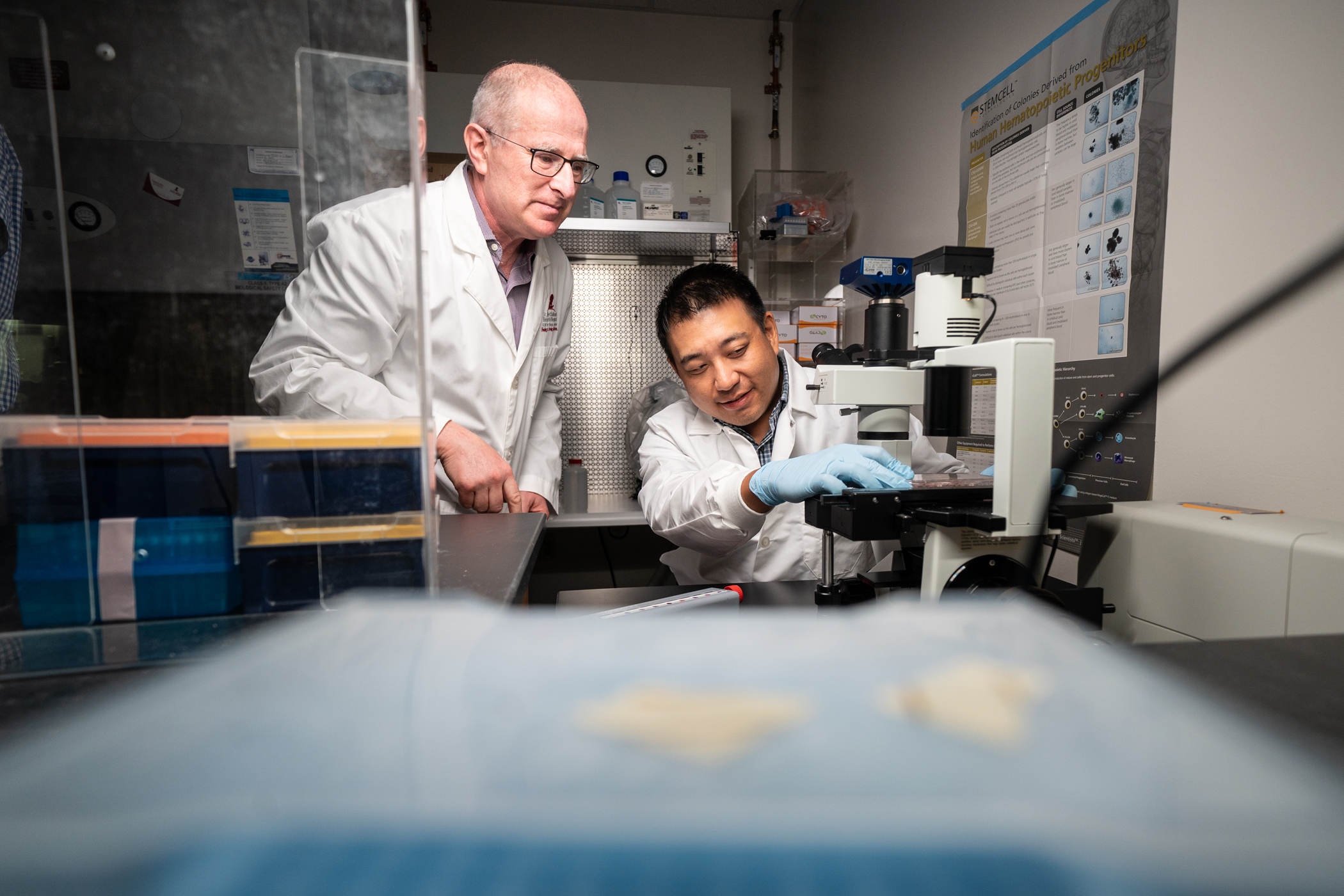
Base editing shows potential superiority for curing sickle cell disease
Gene therapy that alters hemoglobin genes may be an answer to curing sickle cell disease and beta thalassemia. Scientists at St. Jude Children’s Research Hospital and the Broad Institute of MIT and Harvard found base editing increased fetal hemoglobin production in a new treatment.

New understanding of why kidney cancers become metastatic discovered by MD Anderson researchers
Researchers at The University of Texas MD Anderson Cancer have engineered a new model of aggressive renal cell carcinoma (RCC), highlighting molecular targets and genomic events that trigger chromosomal instability and drive metastatic progression.
The study, published today in Nature Cancer, demonstrates that the loss of a cluster of interferon receptor (IFNR) genes plays a pivotal role in allowing cancer cells to become tolerant of chromosomal instability. This genomic feature may be used to help clinicians predict a tumor’s potential to become metastatic and treatment resistant.

Researchers Demonstrate First Precision Gene Editing in Miscanthus
Miscanthus thrives on marginal lands with limited fertilization and tolerates drought and cool temperatures, making it an ideal bioenergy candidate. Previous efforts to genetically improve miscanthus focused on introducing external genes at random places in the plant’s genomes. This research developed gene-editing procedures using CRISPR/Cas9 that will allow scientists to selectively target existing genes to knock out their function and introduce new genes into precise locations.
Transforming plants into allies in the fight against climate change
Nature-based solutions are an effective tool to combat climate change triggered by rising carbon emissions, whether it’s by clearing the skies with bio-based aviation fuels or boosting natural carbon sinks. At the Department of Energy’s Oak Ridge National Laboratory, scientists are leading research to transform plants into key drivers of decarbonization, from creating biomass crops for new fuels to enhancing the ability of plants to absorb and store carbon.
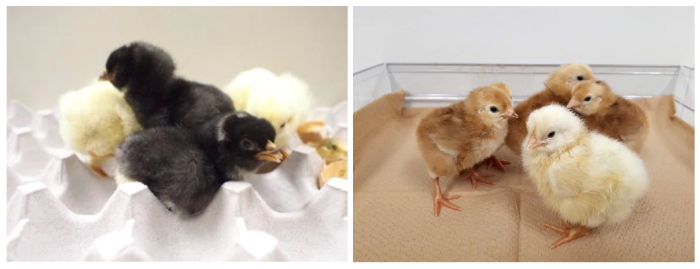
Confirming the safety of genetically edited allergen-free eggs
Researchers have developed a chicken egg that may be safe for people with egg white allergies.
High School Students Learn the Basics of Base Editing to Cure “GFP-itis”
Genome editing is used to modify the genes of living organisms to elicit certain traits, such as climate-resilient crops or treating human disease at the genetic level. It has become increasingly popular in agriculture, medicine and basic science research over the past decade, and will continue to be relevant and utilized well into the future.
Improved Gene Editing Method Could Power the Next Generation of Cell and Gene Therapies
A new approach to the genetic engineering of cells promises significant improvements in speed, efficiency, and reduction in cellular toxicity compared to current methods. The approach could also power the development of advanced cell therapies for cancers and other diseases, according to a study from researchers in the Perelman School of Medicine at the University of Pennsylvania.
Hijacking the Hijackers: Engineering Bacterial Viruses to Genetically Modify their Hosts
Most methods of editing bacterial genomes use plasmids to transfer DNA between bacterial cells, but this approach isn’t always efficient in mixed microbial communities. This research instead developed a new phage-based DNA delivery tool that leverages these viruses’ ability to inject DNA into host bacteria. The researchers also used this tool to edit individual genes inside a target host organism within a living microbial community.
Gene therapy corrects mutation responsible for common heart condition, UT Southwestern research shows
Using the CRISPR-Cas9 gene editing system, UT Southwestern researchers corrected mutations responsible for a common inherited heart condition called dilated cardiomyopathy (DCM) in human cells and a mouse model of the disease.
Experts from 14 Nations Discuss Global Gene Drive Project Registry
UC San Diego Herbert Wertheim School of Public Health and Human Longevity Science led 70 participants from 14 nations in a discussion on the ways in which a gene drive project registry could both contribute to and detract from the fair development, testing and use of gene-drive modified organisms.
El tratamiento CRISPR reduce la inflamación en pacientes con angioedema hereditario
Un nuevo estudio que se presenta en la Reunión Científica Anual del ACAAI de este año muestra que un tratamiento que usa una tecnología de edición genética de repeticiones palindrómicas cortas, agrupadas y regularmente interespaciadas logró aliviar la inflamación y reducir la frecuencia de los ataques.
New technique makes gene editing at scale possible in animals, turning years of work into days and making new kinds of genetic experiments possible
A new gene editing technique developed by University of Oregon researchers compresses what previously would have been years of work into just a few days, making new kinds of research possible in animal models.
Children with resistant leukemia given CRISPR-edited T cells: Phase 1 study results reported
Researchers at Great Ormond Street Hospital for Children (GOSH) and UCL Great Ormond Street Institute of Child Health (UCL GOS ICH) have used CRISPR/Cas9 technology to engineer donor T cells to try to treat seriously ill children with resistant leukemia, who had otherwise exhausted all available therapies.
New gene editing strategy could lead to treatments for people born with inherited diseases of the immune system
A fault in cells that form a key part of the immune system can be repaired with a pioneering gene editing technique, finds new research demonstrated in human cells and mice, led by UCL scientists.
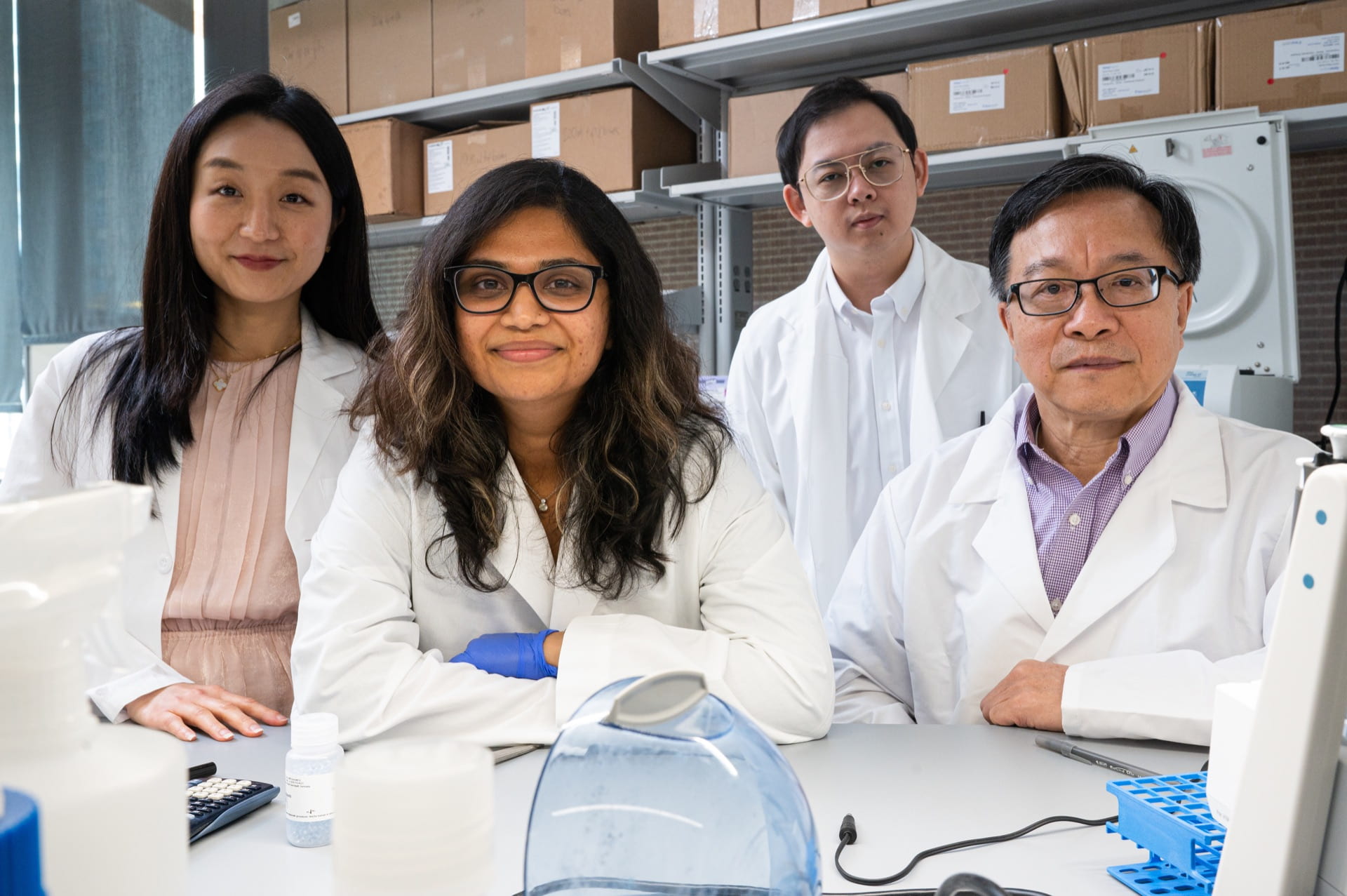
Even good gene edits can go bad
A Rice University lab is leading the effort to reveal potential threats to the efficacy and safety of therapies based on CRISPR-Cas9, the Nobel Prize-winning gene editing technique, even when it appears to be working as planned.
Beyond the blood-brain barrier: HIV research at Texas Biomed gets NIH funding boost
Texas Biomed has received a $3.9 million NIH grant to explore how gene-editing technology may help eradicate HIV in the brain.
A Potential Danger of CRISPR Gene Editing — and Why Base Editing May Be Safer
Gene therapy using CRISPR/Cas9 gene editing is currently in clinical trials around the world for a variety of diseases.
Who trusts gene-edited foods? New study gauges public acceptance
Researchers at ISU surveyed a nationally representative sample of 2,000 U.S. residents to gauge public acceptance of gene-edited foods. Social factors like food beliefs and trust in institutions played a big role in the participants’ willingness to eat or actively avoid products made with gene-editing technologies.
A ‘factory reset’ for the brain cures anxiety, drinking behavior
Gene editing may be a potential treatment for anxiety and alcohol use disorder in adults who were exposed to binge drinking in their adolescence, according to the results of an animal study published in the journal Science Advances. The researchers used a gene-editing tool called CRISPR-dCas9 in their experiments to manipulate the histone acetylation and methylation processes at the Arc gene in models of adult rats.
New centre to train experts in crop resilience
University of Adelaide experts are part of a new research centre that will train the next generation of scientists to develop more resilient crops.
Genetics/biotech expert offers comments & availability on IVG (in vitro gametogenesis) major breakthrough
A groundbreaking study demonstrating the most advanced form of in vitro gametogenesis (making eggs from stem cells, IVG) was published Thursday in Science. See STAT’s coverage of the study. Regarding the study and breakthrough, Dr. Kevin Doxzen offers the below comments…
CHOP Researchers Use Base Editing in Preclinical Model to Correct Lethal Lysosomal Storage Disease Before Birth
Adding to the growing body of literature demonstrating the feasibility of correcting lethal genetic diseases before birth, researchers at Children’s Hospital of Philadelphia (CHOP) have used DNA base editing in a prenatal mouse model to correct a lysosomal storage disease known as Hurler syndrome. Using an adenine base editor delivered in an adeno-associated viral vector, the researchers corrected the single base mutation responsible for the condition, which begins before birth and affects multiple organs, with the potential to cause death in childhood if untreated.
UIC researchers invent new gene-editing tool
Researchers have discovered a new gene-editing technique that allows for the programming of sequential cuts — or edits — over time.
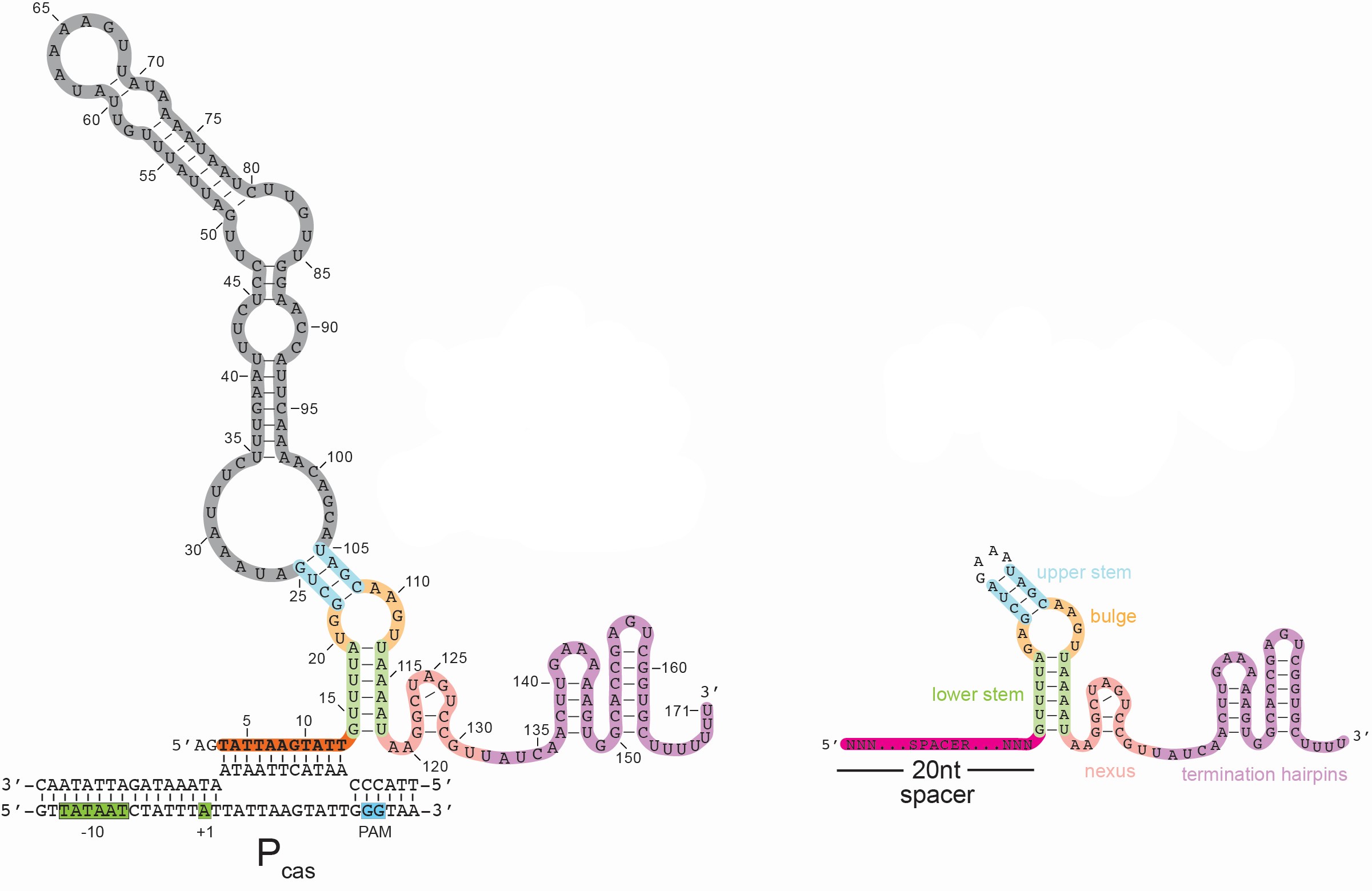
Gene-Editing ‘Scissor’ Tool May Also be a ‘Dimmer Switch’
In a series of experiments with laboratory-cultured bacteria, Johns Hopkins scientists have found evidence that there is a second role for the widely used gene-cutting system CRISPR-Cas9 — as a genetic dimmer switch for CRISPR-Cas9 genes. Its role of dialing down or dimming CRISPR-Cas9 activity may help scientists develop new ways to genetically engineer cells for research purposes.

Digging Deep For Differences In Duchenne Muscular Dystrophy
DALLAS – Dec. 21, 2020 – A UT Southwestern research team has catalogued gene activity in the skeletal muscle of mice, comparing healthy animals to those carrying a genetic mutation that causes Duchene muscular dystrophy (DMD) in humans. The findings, published online recently in PNAS, could lead to new treatments for this devastating degenerative disease and insights into factors that affect muscle development.
Advancing Gene Editing With New CRISPR/Cas9 Variant
Researchers report the ability to improve safety and efficacy using a CRISPR-Cas9 variant known as miCas9.
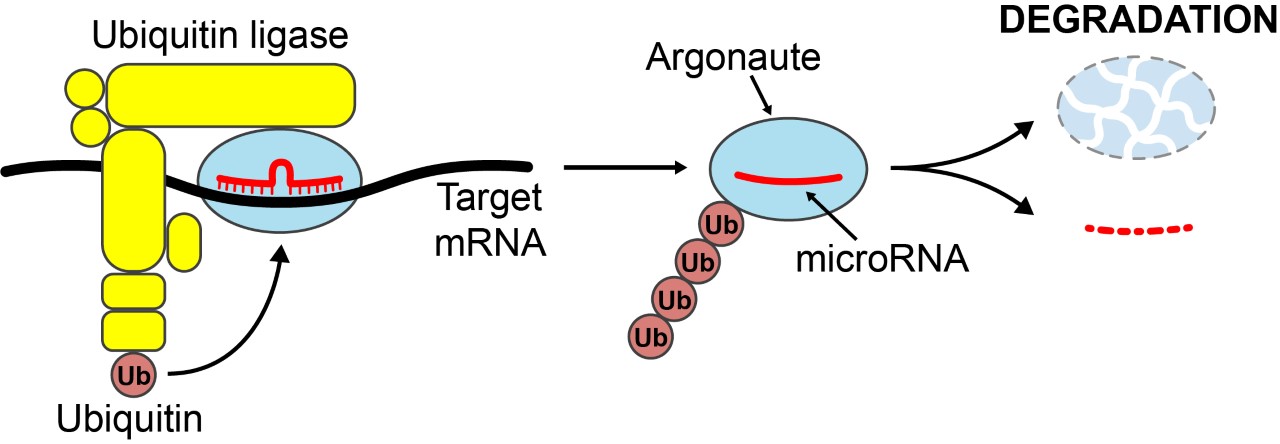
Breaking It Down: How Cells Degrade Unwanted Micrornas
DALLAS – Nov. 12, 2020 – UT Southwestern researchers have discovered a mechanism that cells use to degrade microRNAs (miRNAs), genetic molecules that regulate the amounts of proteins in cells.
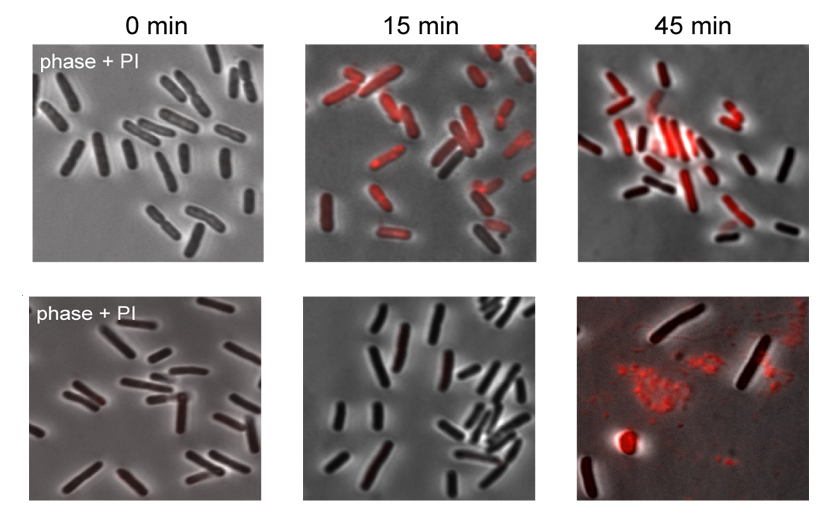
Weizmann Scientists Reveal the Role of Retrons in Bacteria
Prof. Rotem Sorek’s lab at the Weizmann Institute of Science has revealed the role retrons play in bacteria, finding that the hybrid structures are immune system guards that ensure the bacteria’s survival when it is infected by viruses. In addition, the team hopes that newly identified retrons will improve genome-editing tools.
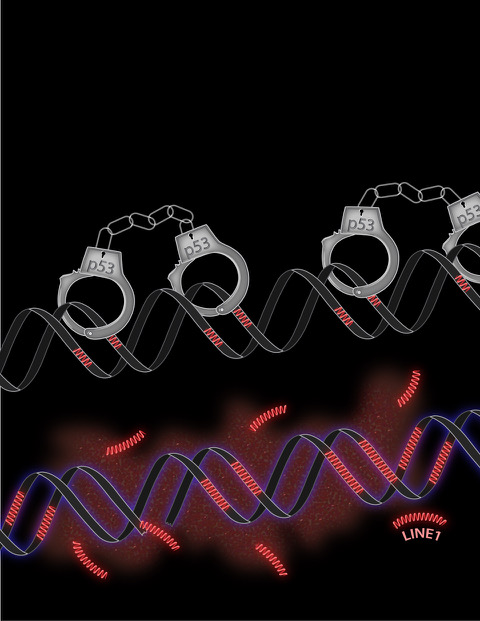
Cancer-Fighting Gene Restrains ‘Jumping Genes’
DALLAS – Oct. 29, 2020 – About half of all tumors have mutations of the gene p53, normally responsible for warding off cancer. Now, UT Southwestern scientists have discovered a new role for p53 in its fight against tumors: preventing retrotransposons, or “jumping genes,” from hopping around the human genome. In cells with missing or mutated p53, the team found, retrotransposons move and multiply more than usual. The finding could lead to new ways of detecting or treating cancers with p53 mutations.
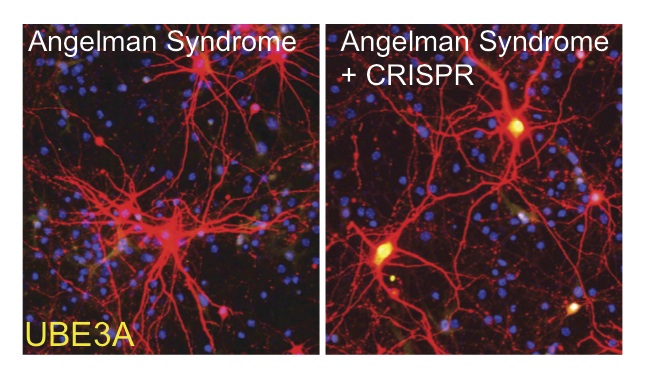
Can Gene Editing and Gene Therapy Techniques Combine to Treat Angelman Syndrome?
Babies born with a faulty maternal copy of the UBE3A gene will develop a severe neurodevelopmental disorder with no cure and limited treatments. Now, scientists show that gene editing/gene therapy techniques can be used to restore UBE3A in human neuron cultures and treat deficits in an animal model.
Regulators Classify Gene-Edited Rice Varieties with Disease Resistance as Equivalent to Conventional Varieties
The Healthy Crops team, with support from the Bill & Melinda Gates Foundation, have used gene editing tools to develop new varieties of disease-resistant rice that regulators in the United States and Colombia have determined are equivalent to what could be accomplished with conventional breeding.
American Chemical Society’s president comments on award of 2020 Nobel Prize in Chemistry
On behalf of the American Chemical Society (ACS), President Luis Echegoyen, Ph.D., congratulates today’s winners of the Nobel Prize in Chemistry: Emmanuelle Charpentier, Ph.D., and Jennifer A. Doudna, Ph.D. The Royal Swedish Academy of Sciences awarded the prize “for the development of a method for genome editing.”
Something old, something new combine for effective vaccine against parasitic skin disease
Scientists are planning for Phase 1 human trials of a vaccine they developed by using CRISPR gene-editing technology to mutate the parasite that causes leishmaniasis, a skin disease common in tropical regions of the world and gaining ground in the United States.

Research shows potential of gene editing in barley
An international team of plant scientists have shown the potential to rapidly improve the quality of barley grain through a genetic tool known as CRISPR or gene editing.
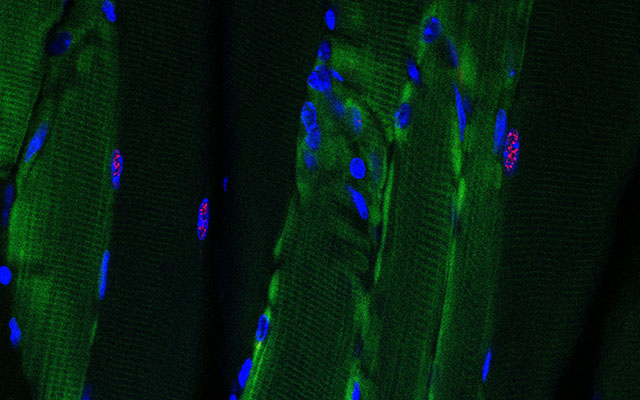
Twist on CRISPR Gene Editing Treats Adult-Onset Muscular Dystrophy in Mice
UC San Diego researchers demonstrate that one dose of their version of CRISR gene editing can chew up toxic RNA and almost completely reverse symptoms in a mouse model of myotonic dystrophy, a type of adult-onset muscular dystrophy.
Danforth Center Scientists Collaborate On $13 Million Bioenergy Project
The U.S. Department of Energy (DOE) awarded a five-year, $13 million grant to a nationwide research project to genetically strengthen Thlaspi arvense, commonly known as pennycress, for use in sustainable energy efforts.
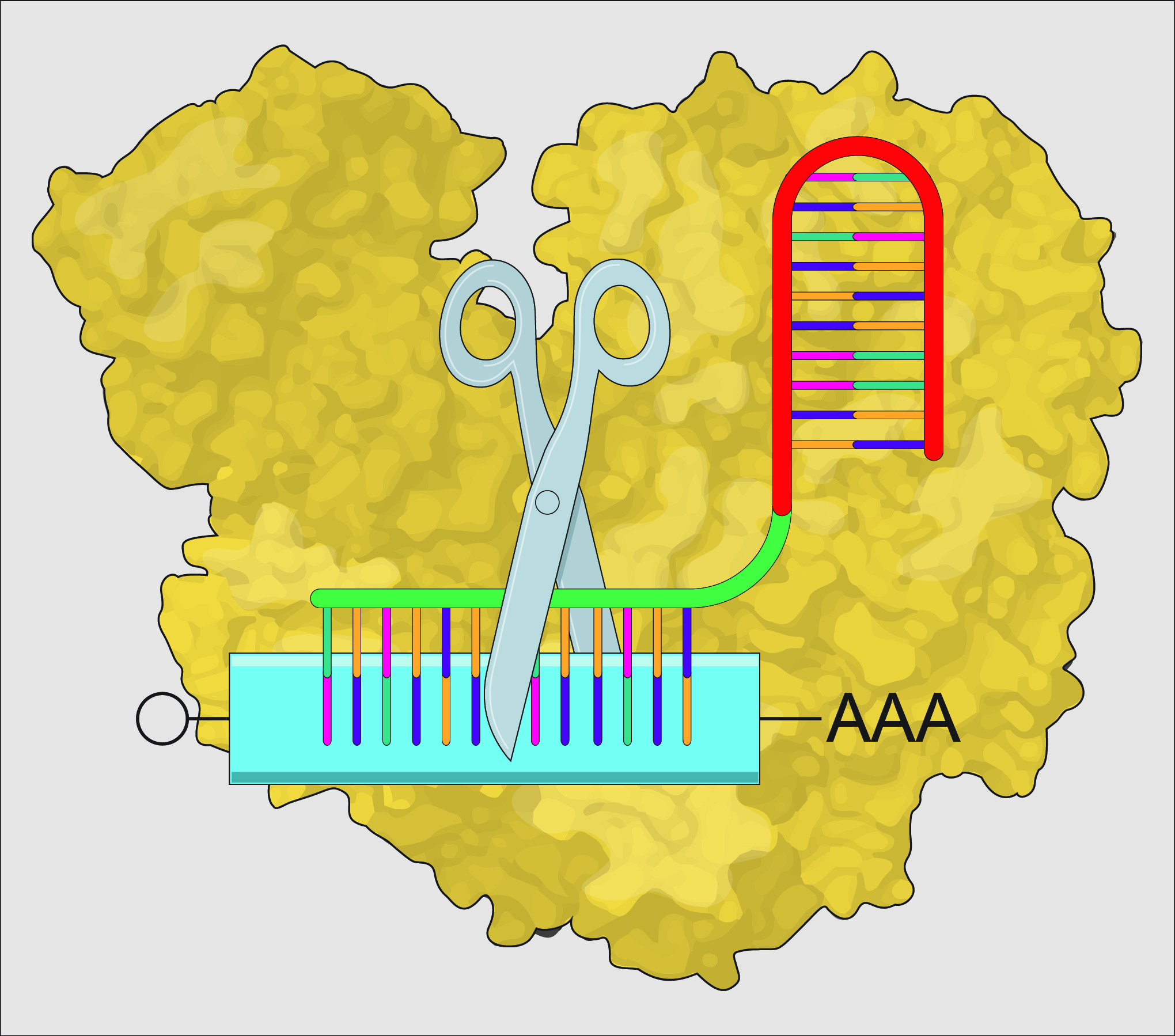
Scientists use CRISPR to knock down gene messages early in development
Researchers at the Stowers Institute for Medical Research in Kansas City, Missouri, and the Andalusian Center of Developmental Biology at Pablo de Olavide University in Seville, Spain, have harnessed the technology to target gene messages (messenger RNA) involved in early vertebrate development.
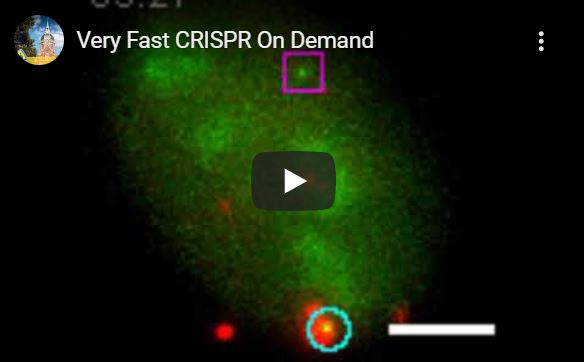
Light-Activated ‘CRISPR’ Triggers Precision Gene Editing and Super-Fast DNA Repair
In a series of experiments using human cancer cell lines, scientists at Johns Hopkins Medicine say they have successfully used light as a trigger to make precise cuts in genomic material rapidly, using a molecular scalpel known as CRISPR, and observe how specialized cell proteins repair the exact spot where the gene was cut.
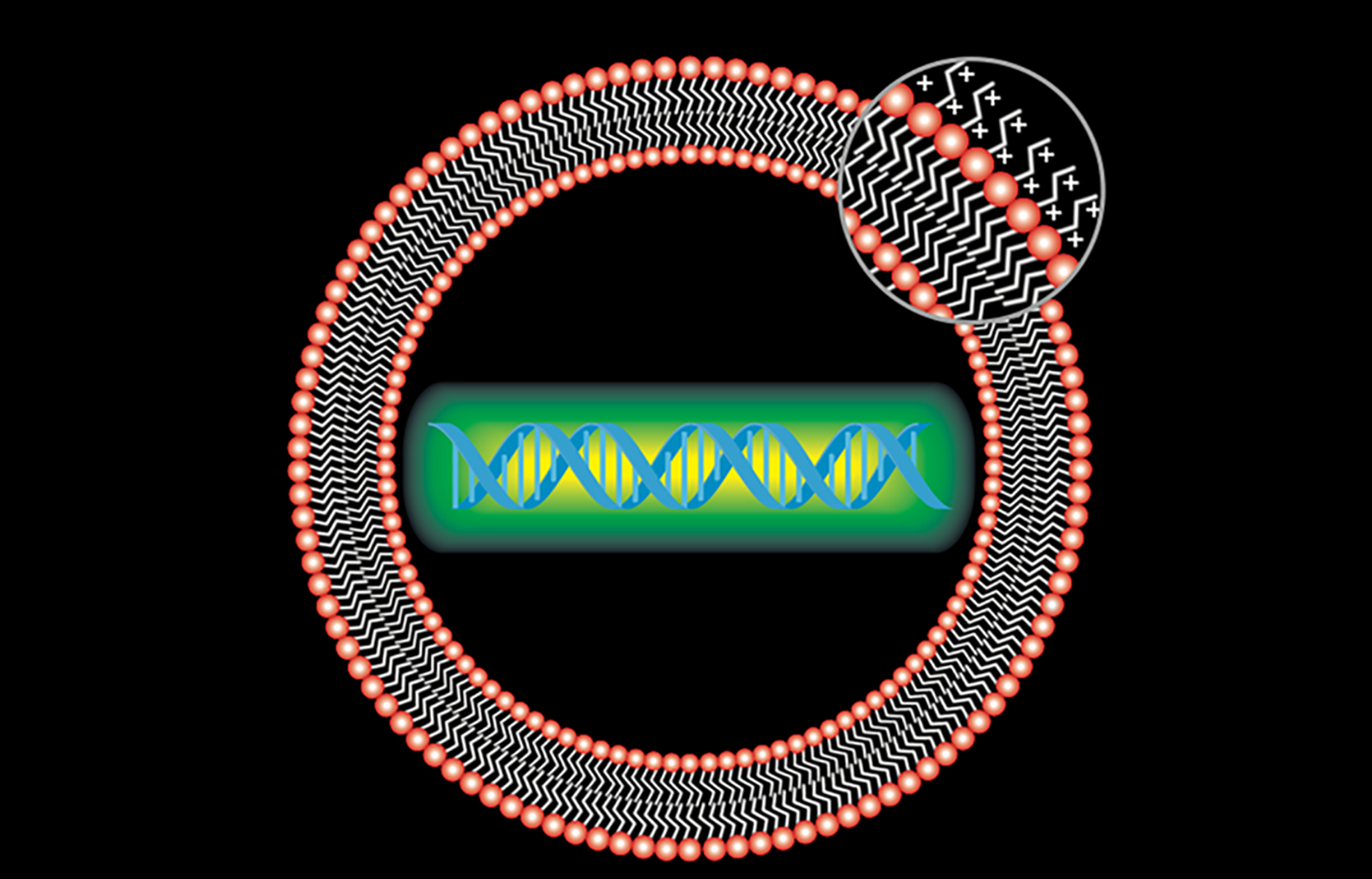
Scientists Aim Gene-Targeting Breakthrough Against COVID-19
Scientists at Berkeley Lab and Stanford have joined forces to aim a gene-targeting, antiviral agent called PAC-MAN against COVID-19.
Next Frontier in Bacterial Engineering
A new technique overcomes a serious hurdle in the field of bacterial design and engineering
Researchers develop method to identify proteins that enable highly efficient bacterial design
Approach has potential to boost efforts in bacterial design to tackle infectious diseases, bacterial drug resistance, environmental cleanup and more
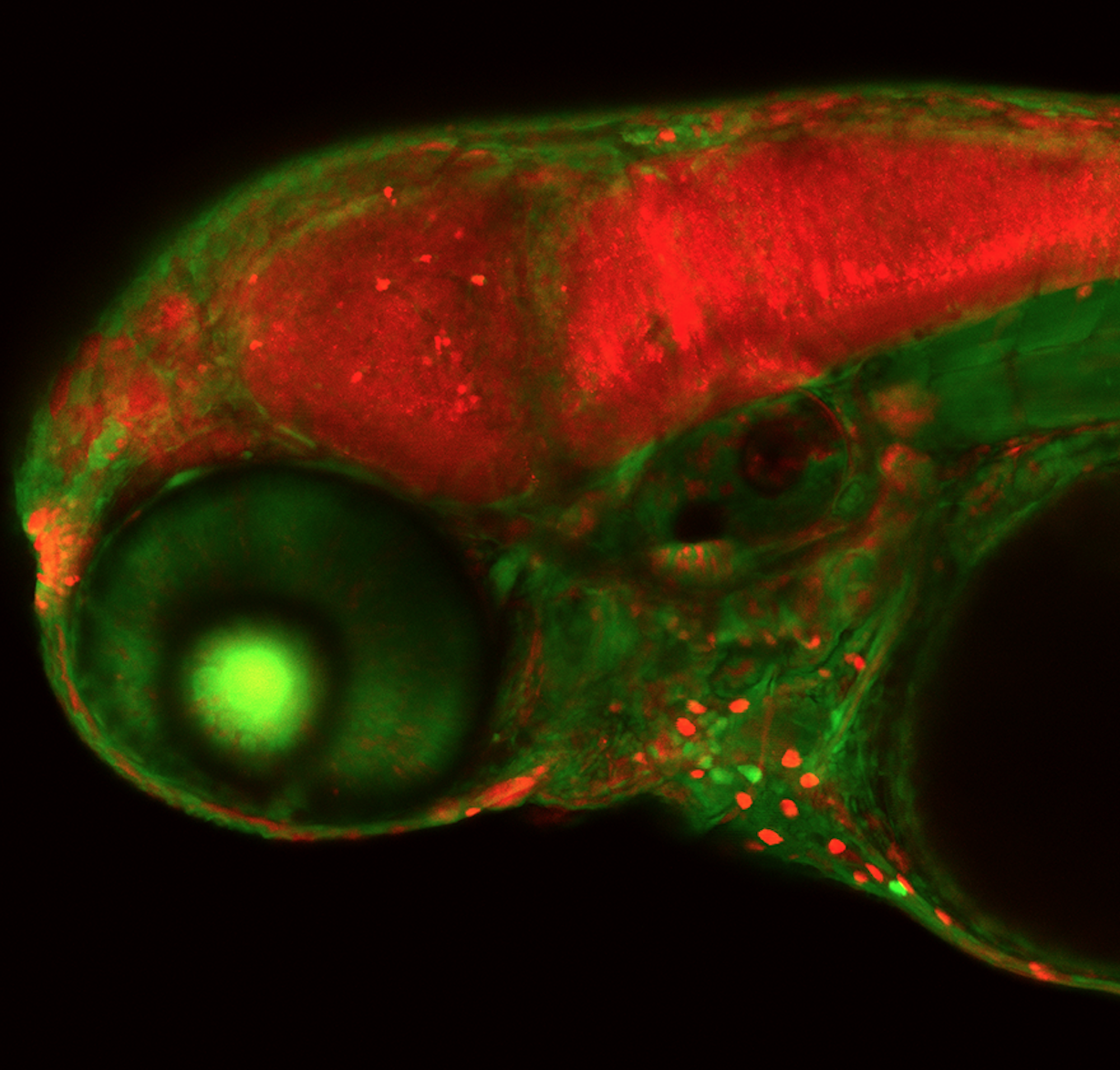
Grant will help scientists break new ground in gene editing
A new grant from the National Institutes of Health will allow Iowa State University scientists to continue to develop gene editing technologies to model human disease in zebrafish. The research aims to build new tools to determine which genes have therapeutic potential to treat human genetic diseases that affect the cardiovascular, immune and nervous systems.